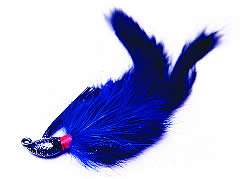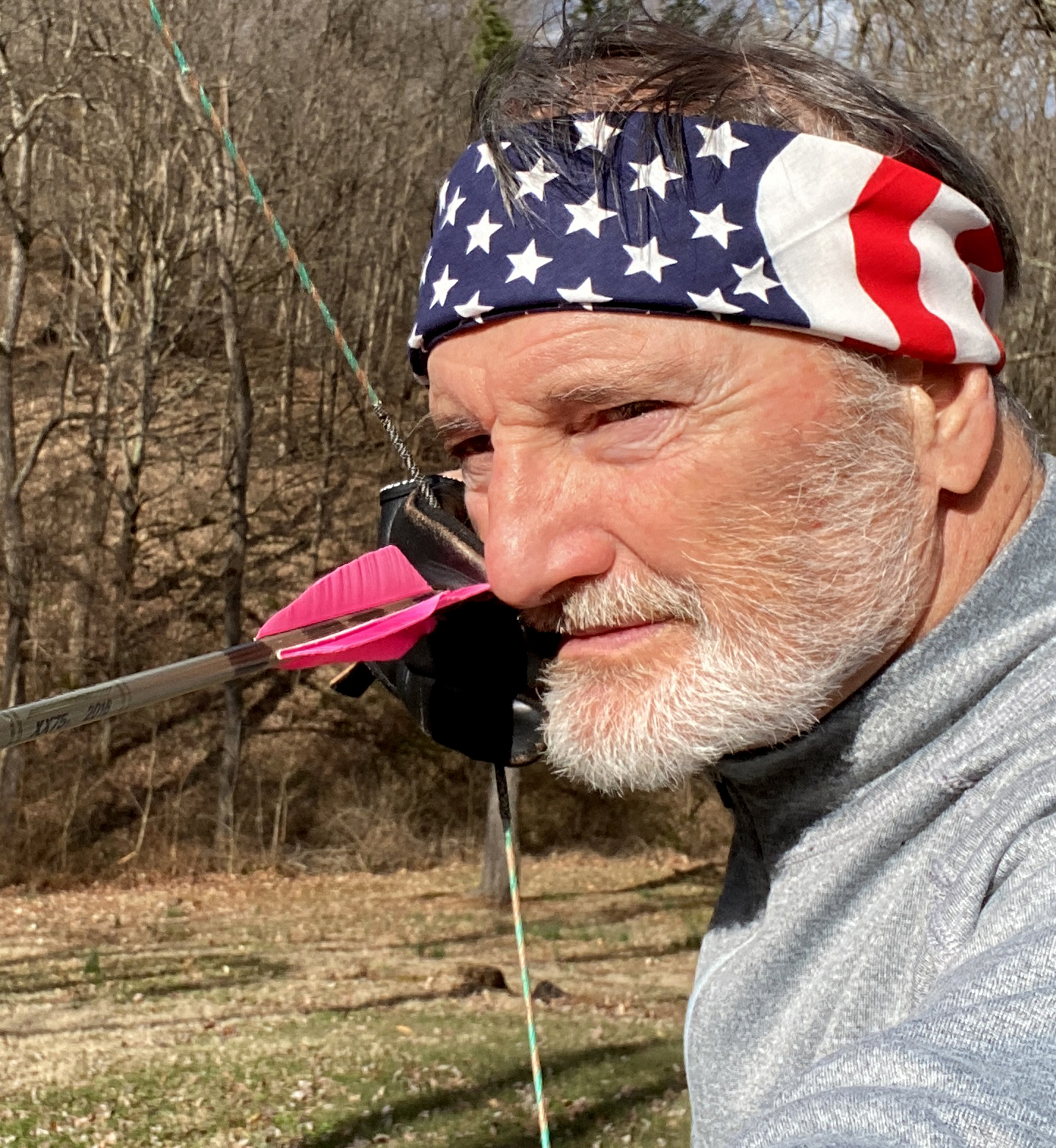
Few people noticed that hair jigs anchored a second place finish for Aaron Martens at the 2002 Bassmaster Classic on Alabama's Lay Lake. Don't let Martens' accomplishment slip under your radar screen. Hair jigs were catching bass well before rubber and silicone skirts came along, and they continue to be effective.
Martens started casting hair jigs in his early teens at Castaic and Pyramid, two lakes near his California home. Though he was after stripers, many black bass nailed the jigs, including heavyweight largemouth up to 10 pounds. The "striper" jigs often put him in touch with 80 to 100 bass per day, and now they add pounds to his livewell when he fishes tournaments.
Why do these banal jigs appeal to bass?
"Hair jigs show bass a slim, minnow profile," says Martens. "It's stiffer than rubber or silicone and responds with a sharper action. It drops faster, which may trigger reflex strikes. Most bites come as the jig falls."
Hair jigs produce for Martens when the water clarity is 3 feet or more, as it was at the Lay Lake Classic. During practice rounds, he found schools of spotted bass upriver feeding on baitfish in 4 to 8 feet of water.
Initially, he caught Lay Lake's bass on topwater baits, but that bite soon died. When the bass refused to respond to jerkbaits and crankbaits, Martens tied on a hair jig and cleaned house. It's unlikely that any competitor caught more bass during the 2002 Classic than Martens did on hair jigs. His three culled limits of spotted bass totaled 39-9.
These days, Martens fishes 1/4- to 3/4-ounce jigs generally used for striped bass, such as Bass Pro Shops Striper Bucktail Jig. As for colors, Martens relies mainly on white, white-and-black, and white with chartreuse back. At Lay Lake, with a marking pen, he put a black dot on each side of a white jig to emulate shad.
"I was pumping the jig pretty fast with a high rod tip at the Classic," says Martens. "I bounced the bottom with it most of the time, but I also caught bass swimming it up high. Sometimes bass like it when you just crank the jig straight in."
Martens slings hair jigs with a 6 1/2- or 7-foot medium action Megabass Diablo baitcasting rod, 14- to 16-pound Sun fluorocarbon line, and a high speed Daiwa reel.
Though hair jigs produce for Martens throughout the year, they see more action in the summer and fall when bass feed on baitfish. Anytime Martens sees bass boiling the surface, or graphs them around suspended baitfish, he gives a hair jig an opportunity to strut its stuff.
"I've also caught a lot of California bass just casting jigs down the bank," says Martens. "The bottom has to be fairly clean, because that exposed hook is bad about snagging."
Hair and feathers

